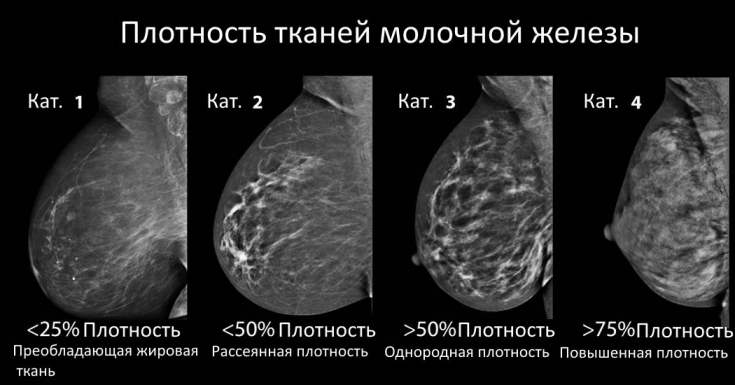The female breast is a unique organ, without which it is impossible to imagine the continuation of the family. More and more doctors are talking about the importance of breastfeeding for the growth and development of the baby.
However, due to the rather complex structure of the mammary gland, and its dependence on the effects of hormones, it is subject to many risks, ranging from mastopathy to breast cancer. Read on estet-portal.com how individual characteristics of the structure of the breast can contribute to the development of breast diseases.
Dense Breast Syndrome: Key Risks
The mammary gland is made up of several types of tissue:
• glandular, represented by lobules, which actually performs the main function of the breast during lactation;
• connective tissue;
• fatty.
The ratio of these structures can be completely different, and most often changes throughout life.
In some women, the breasts are denser, due to the predominance of connective tissue in its structure.
Specialists are increasingly talking about the “dense breast” syndrome. This condition is accompanied by an increased risk of breast cancer, and often prevents the diagnosis of breast pathology.
You may also be interested in: Diseases accompanied by pain in the mammary glands
Main Features of "Dense Breast" Syndrome
Speaking of dense breast syndrome, the following facts should be noted:
• dense breasts — this is quite common;
• mammography is used to diagnose this condition;
• certain medications help increase breast density;
• with age, the amount of fibrous tissue may increase, as a result of which the breast becomes denser.
According to modern data, women with "dense breast" syndrome Mammography results are more likely to be false negative. In addition, recent studies have linked this syndrome to an increased risk of breast cancer.
For the latest articles, read Facebook!

Doctor's tactics in detecting "dense breast" syndrome
"Tight chest" It's not a sentence, it's not a diagnosis. However, women with such mammary glands should be given special attention to the doctor. First, the diagnosis of breast lesions in this syndrome is difficult both during the clinical examination and after mammography. Several cases have been described in which sufficiently large tumors were overlooked due to the fact that the entire breast of the patient had a dense structure.
The American Cancer Society recommends that women age 45-55 have a mammogram every year, and every 2 years after age 55.
In case of dense breast syndrome, a routine examination by a mammologist should be carried out at least once every six months, especially if there were cases of breast cancer in the patient's family history.
Read also: Clinical forms and early signs of breast cancer







Add a comment